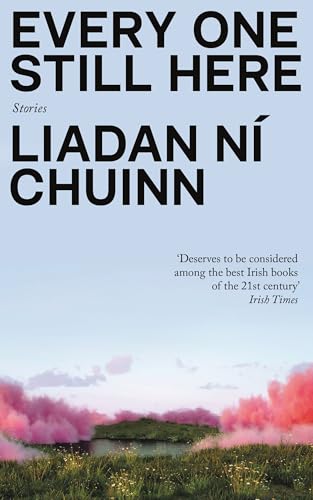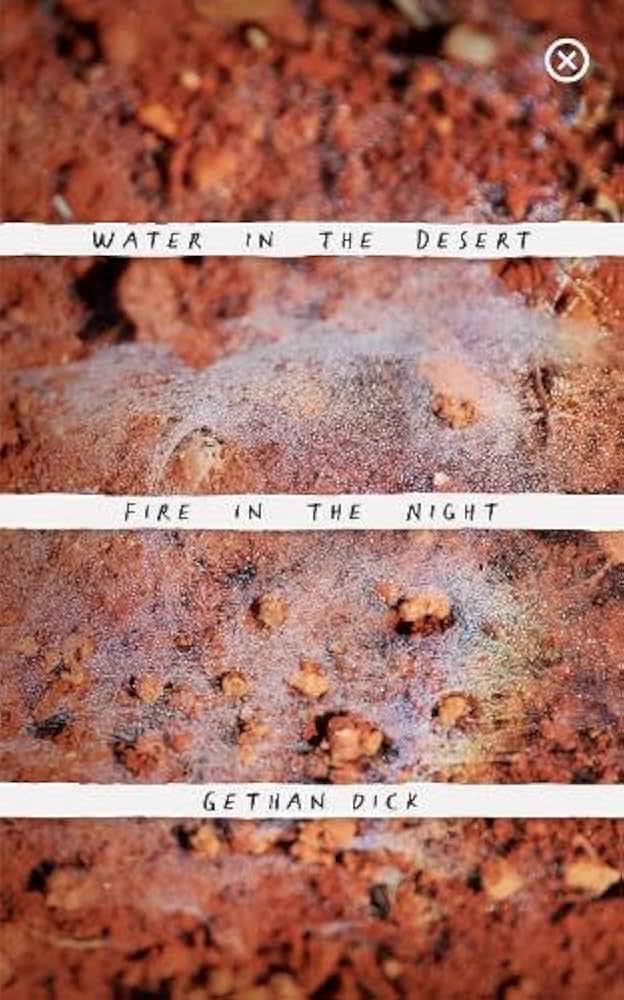The Secularization of Medicine: Ritual, Salvation, and Prophecy by Nathan Carlin

New York, NY: Oxford University Press, 2025, 264 pages
ISBN 9780197574003
Once upon a time, religion and medicine were quite close. Even now, parallels between the two are notable. Churches often have a spire pointing towards heaven. Modern medical centers are increasingly towering structures that reach to the sky. Churches have an altar, and hospitals contain operating tables. Clerics don distinctive vestments. Doctors have their own traditional attire – a white lab coat or scrub suit. Hearing a confession (whether in a hushed booth or a clinic exam room) is integral to both vocations. Some churches have holy water fonts for spiritual cleansing. Physician offices have readily available hand sanitizer. Carlin (an ordained Presbyterian minister and the Director of the McGovern Center for Humanities and Ethics at UTHealth Houston) explores the relationship between medicine and religion by focusing on secularization theory and the idea of transposition. His aim is to provide “a more critical understanding of the rituals, myths, and stories of and in medicine” (p20). In the book’s best section titled “Ritual,” the Hippocratic Oath (which invokes Greek gods) and the purpose of the White Coat Ceremony (a kind of “ordination”) are considered. “Salvation” examines the process of dying. A brief analysis of Tolstoy’s “The Death of Ivan Ilych” (preoccupied with the soul) and Roth’s Everyman (concentrating on the body) is included. Carlin also spotlights cardiothoracic surgeon Dr. Denton Cooley and muses whether specialty physicians – surgeons, cardiologists, oncologists, psychiatrists – might be today’s “high priests”? “Prophecy” focuses on Stephen Bergman, MD (pen name Samuel Shem) and his novels including The House of God. Regardless of religious preference (or atheism), readers will find enlightenment in this intriguing inspection of the links between medicine and religion.
Every One Still Here: Stories by Liadan Ní Chuinn

London: Granta, 2025, 160 pages
ISBN 9781803513270
The protagonists of these six short stories (largely set in Northern Ireland) have so many serious questions. But when they sometimes do get answers, the information is hardly good news. The narrator of “We All Go” is an empathetic teenager who has watched his wheelchair-bound father wasting away (probably from a neurodegenerative disease) and dying. He enrolls in a Human Anatomy class (perhaps to better understand his dad’s condition) but finds the lab itself and the required dissection disgusting. Other characters in these tales tend to be sympathetic, off-beat, or both: a psychic who isn’t adept at predicting the future but instead offers an effective form of psychotherapy, an unemployed woman taking night classes in creative writing who encounters a child (unaccompanied by parent or other adult) riding the same bus as her every week, a man who tries to commit suicide after learning his pet dog has metastatic cancer. Struggle, trauma, grieving, or some secret are prominently featured. A character wonders, “Isn’t the truth that we all do terrible things?” (p64). Indeed, acts of cruelty impact the lives of multiple individuals in these tales. For a few of them, compassion from others and the passage of time might ease the pain a bit but cannot completely erase it.
Water in the Desert, Fire in the Night by Gethan Dick

Dublin, Ireland: Tramp Press, 2025, 268 pages
ISBN 9781915290168
Long before the onset of Covid-19, Pandemic Lit was already an established subgenre of speculative fiction. For example, The Last Man by Mary Wollstonecraft Shelley was published in 1826. Like most novels about pandemics and other apocalyptic events, fear and hope are tightly intertwined in Water in the Desert, Fire in the Night. But this story’s journey thru the end of the world – about the things we leave behind and the qualities we stubbornly cling to – feels much more optimistic than most. An estimated 90% of the world’s population has expired, and a “raging sadness” has washed over most of the survivors. Details about the contagion are vague. The deaths it causes are devoid of drama or gore: “just a cold, a fever, some difficulty breathing, then no more breathing” (p236). Six people, afraid of being infected, hide in London for two months. Four of them decide to bicycle much of the way to an Edenesque-sounding town in France. The story’s narrator, Audaz is a young woman firmly tethered to memories of her younger life and her mother. She is also pregnant. Sarah, a retired midwife trains Audaz as her apprentice (since someone will have to know how to care for women’s health and deliver babies – if there is to be a future for humanity). Pressure Drop is a weed-smoking mystic, and Adi is a young man who succumbs to sepsis along the way. A variety of challenges test them throughout their trip. Survivors they encounter can be violent, suspicious, or kind. A fisherman transports the group in a borrowed boat across the English Channel to France where they eventually reach their destination. While survival remains their highest priority, these characters understand that compassion, resilience, and childbirth foreshadow a promising new beginning for them and perhaps the rest of the remaining world as well.
Additional recommended new or soon-to-be published books in 2025:
Seminal: On Sperm, Health, and Politics edited by Rene Almeling, Lisa Campo-Engelstein, and Brian T. Nguyen
Replaceable You: Adventures in Human Anatomy by Mary Roach
Web image by Rachael Ren







